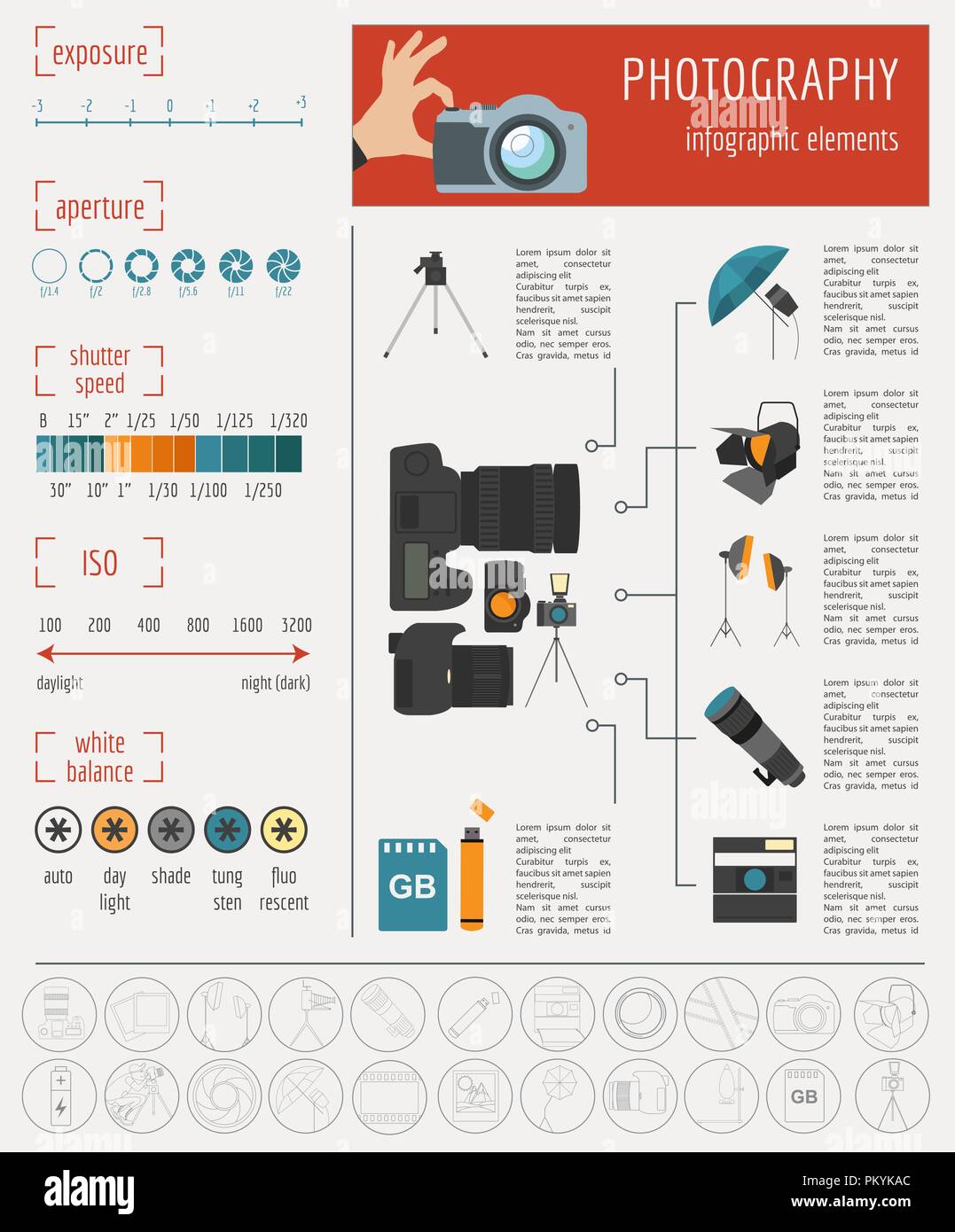What Every Professional Photographer Should Learn About Lighting
What Every Professional Photographer Should Learn About Lighting
Blog Article
Web Content Composed By-Beck Isaksen
As a photographer, you know that lights can make or break your pictures. Understanding the subtleties of both natural and artificial light is crucial for recording the mood and clarity you go for in your job. Whether https://zenwriting.net/marcel47claud/easy-ways-to-enhance-your-portrait-photography chasing the ideal gold hour radiance or tweak your synthetic configurations, grasping these elements can raise your photography substantially. However there are common challenges that lots of ignore, and acknowledging them can change your technique to every shoot. Allow's discover what you may be missing out on and exactly how it can influence your outcomes.
Recognizing Natural Light
Understanding all-natural light is critical for any digital photographer seeking to improve their work. It's the structure of great photography, influencing state of mind, tone, and clearness. When you fire outdoors, pay attention to the time of day. The golden hour-- shortly after daybreak and before sundown-- provides soft, warm light that can change average scenes into sensational pictures.
Do not take too lightly the power of cloudy days. Cloud cover diffuses sunshine, producing a soft, even light that's best for pictures and macro photography. Suggested Reading 'll find shades pop in this sort of lighting without severe shadows.
Positioning matters, as well. Constantly consider your topic's alignment to the source of light. If the sunlight's behind your topic, you might end up with a shape, which can be dramatic however mightn't be what you want. Alternatively, direct sunshine can develop unflattering darkness.
Trying out angles; in some cases, transforming your perspective can generate incredible results. Usage all-natural reflectors, like water or sand, to jump light onto your subject, adding measurement.
Learning Artificial Light
Understanding synthetic light is crucial for photographers who want to take their skills to the next degree. Whether you're utilizing speedlights, workshop strobes, or continual lights, comprehending just how to manipulate these resources can significantly boost your images.
Start by acquainting on your own with the essentials of light top quality, instructions, and color temperature. Explore different modifiers like softboxes, umbrellas, or grids to manage the softness or harshness of the light.
You'll find that soft light commonly produces lovely results, while harsher light can add drama and depth. Don't shy away from darkness; they can boost the three-dimensionality of your subjects.
Pay attention to the placement of your lights. A light positioned also close to your subject can produce uncomplimentary results, while also far can lead to an absence of detail. Make use of a light meter or your cam's histogram to ensure you're revealing correctly.
https://www.lonelyplanet.com/articles/instagram-travel-photography-tips but not least, bear in mind that artificial light can be combined with ambient light for innovative impacts. Stabilizing these sources could take practice, but once you understand it, your photography will absolutely beam.
Methods for Different Situations
When you enter different shooting situations, adapting your lights strategies is vital for catching the best images. For outside portraits, make use of the golden hour-- early morning or late afternoon light-- to soften shadows and improve complexion.
If it's an extreme lunchtime sun, consider using a reflector to bounce light back onto your subject or seek shaded locations for an extra also exposure.
In low-light situations, like interior events, increase your ISO and use a vast aperture to allow in even more light. A tripod can aid remove electronic camera shake, permitting longer direct exposures without blurring.
If you're shooting at night, experiment with off-camera flash to create dynamic lights and deepness in your photos.
For item photography, make use of diffused lighting to avoid rough representations. Softboxes or light outdoors tents can aid achieve this result.
When photographing landscapes, consider the instructions of light and time of day, as it can drastically alter the mood of your shot.
Constantly be ready to change your setups and positioning based on the situation, as adaptability is vital to mastering illumination in digital photography.
Verdict
Finally, mastering illumination is essential to elevating your digital photography abilities. Welcome all-natural light's elegance throughout golden hour, and don't shy away from experimenting with synthetic light strategies. By adjusting your method to various situations, you'll record stunning photos that resonate with emotion and quality. Bear in mind, the best illumination can change a regular shot into something extraordinary, so maintain practicing and refining your understanding of both natural and synthetic light. Delighted capturing!
